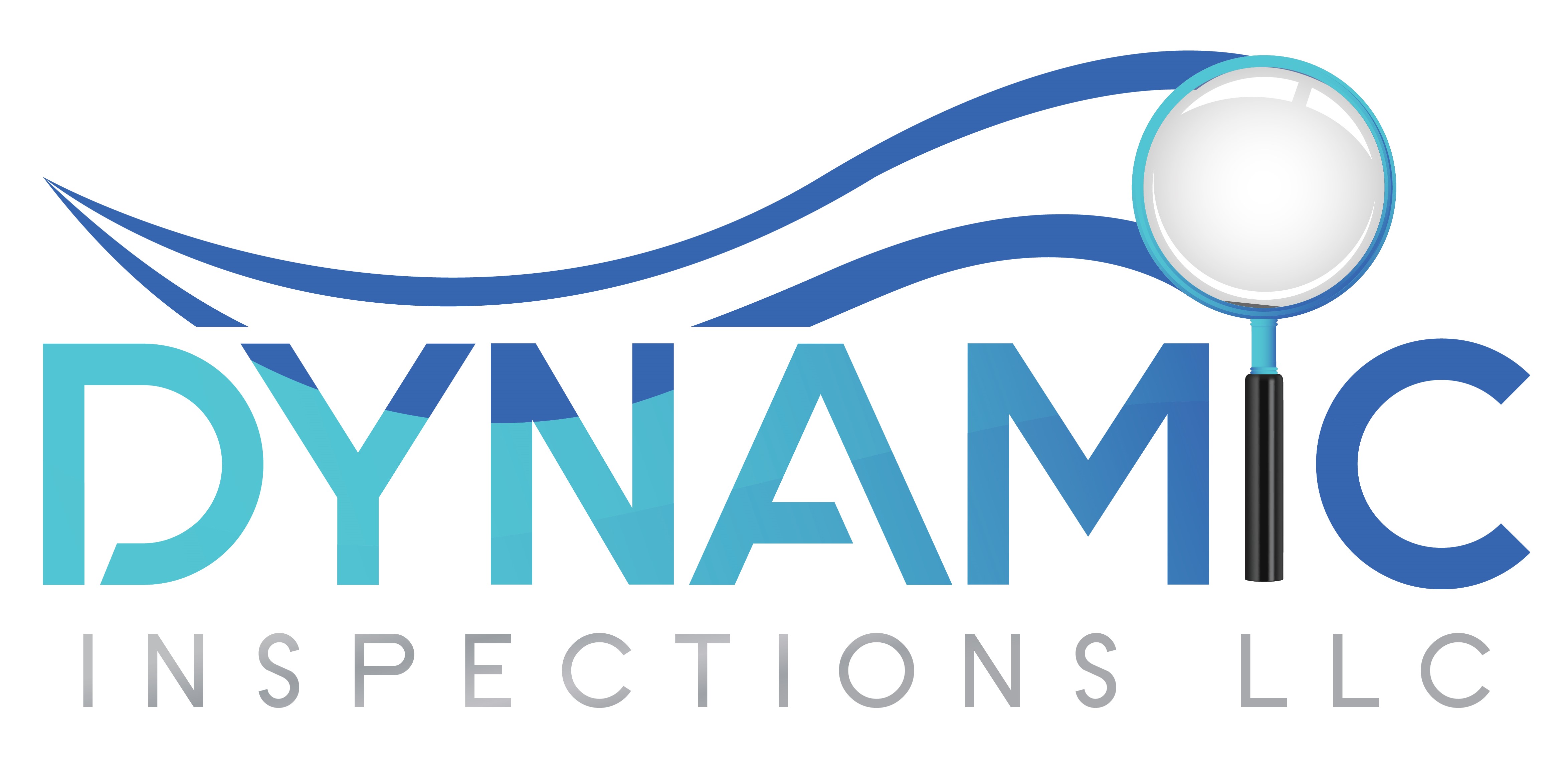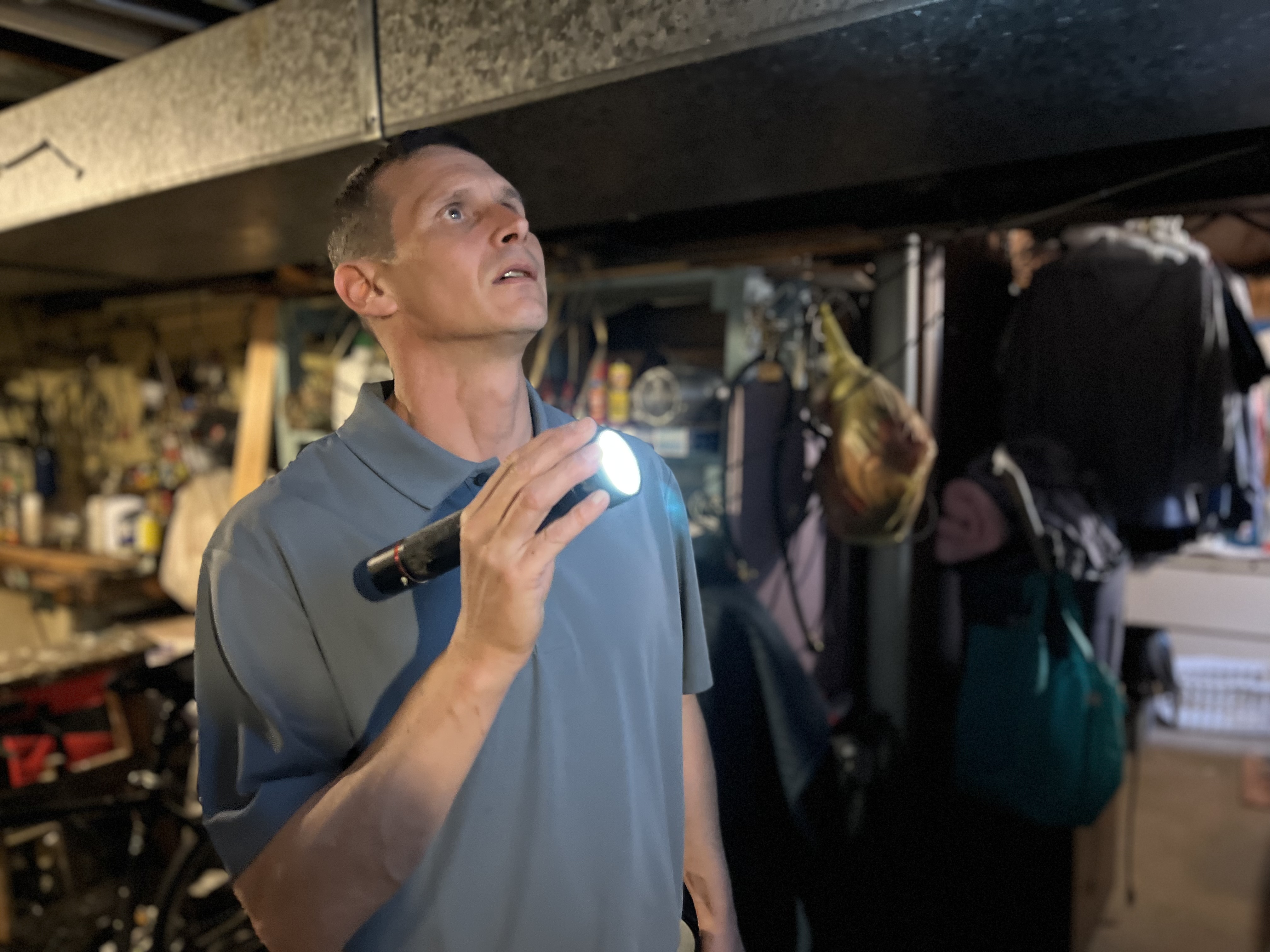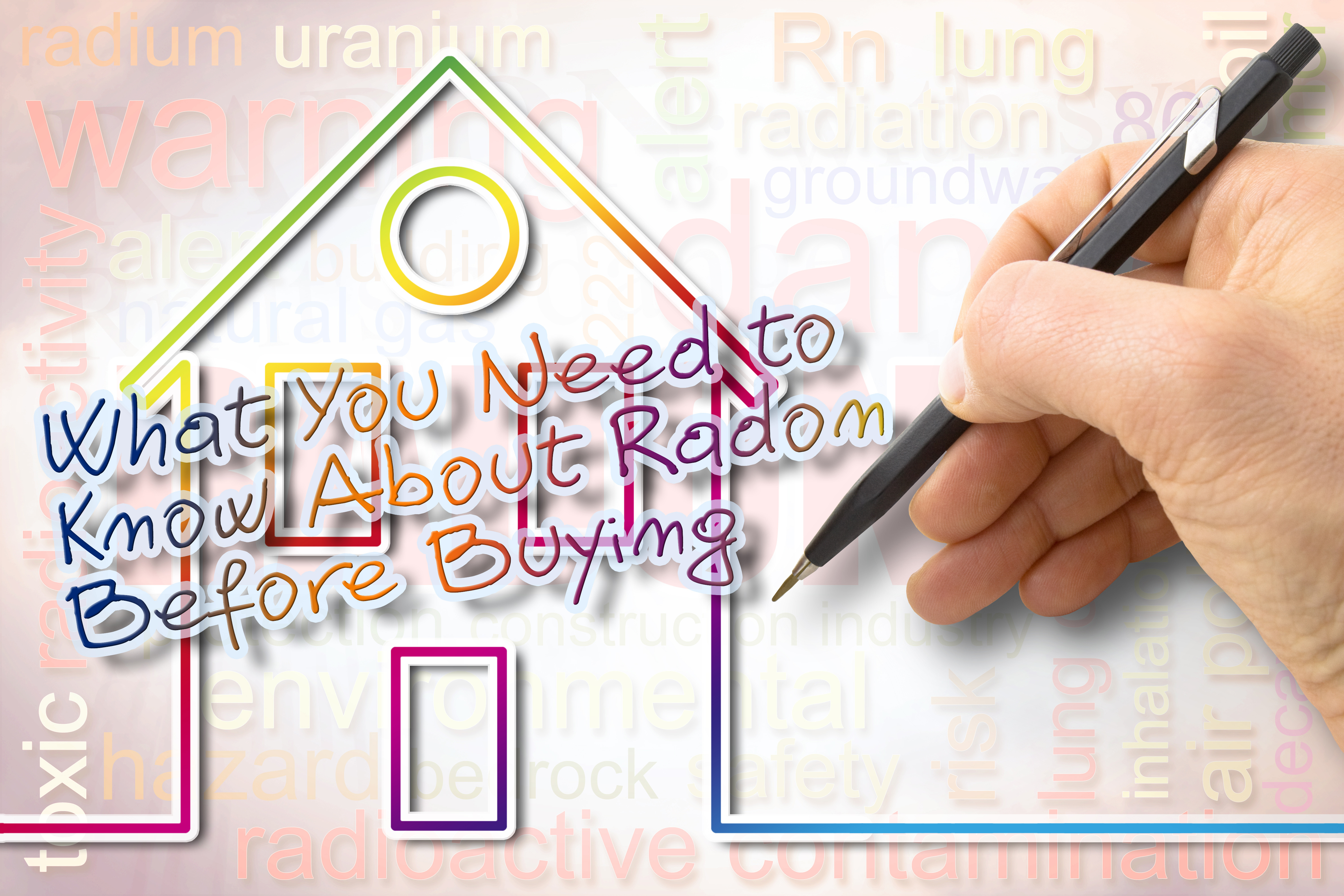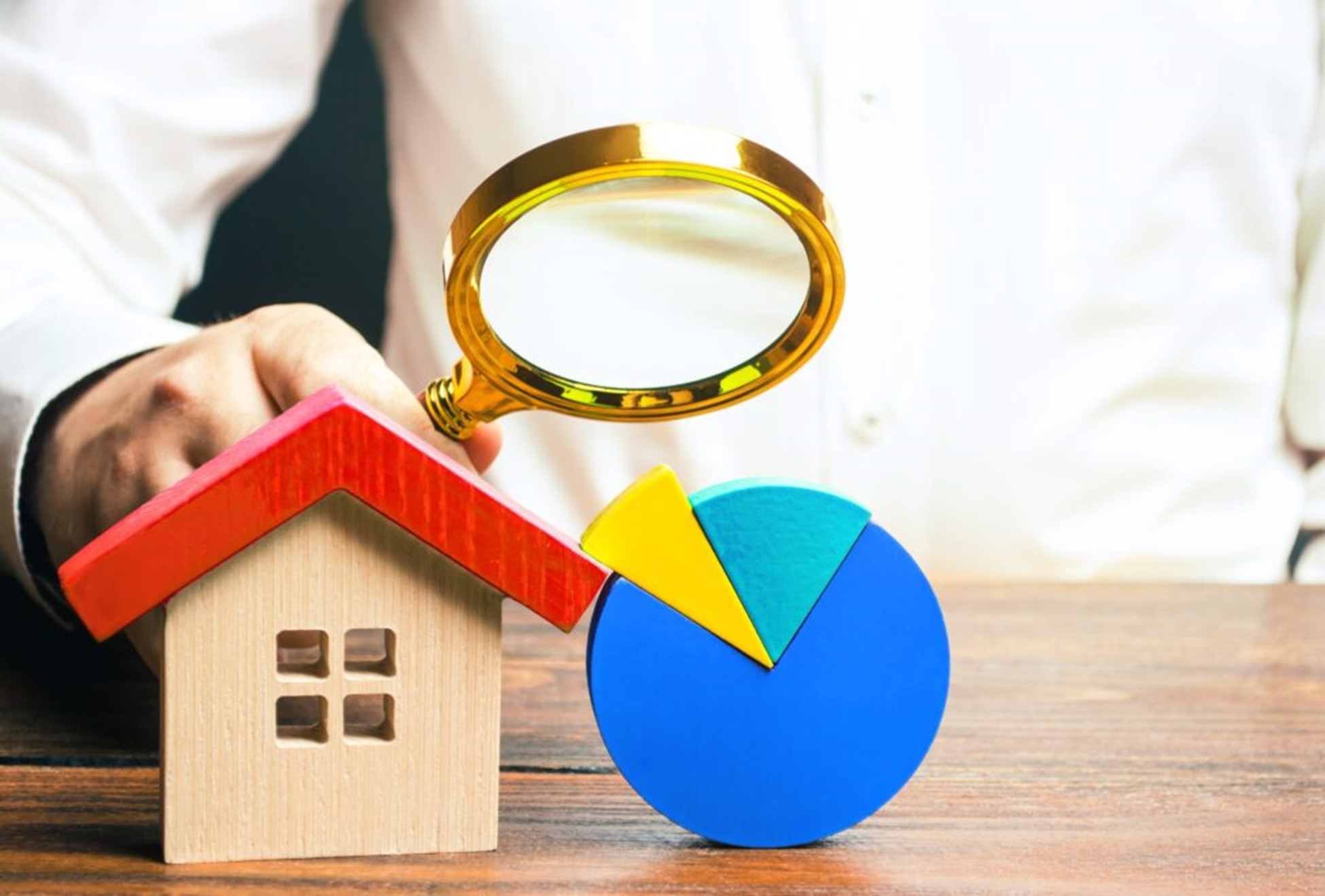Before finalizing the purchase of a new residence, it is of utmost importance to ensure a comprehensive home inspection is conducted. This thorough assessment, performed by a skilled inspector, offers invaluable insights into the structural integrity, safety, and overall functionality of the property. Let’s delve into the top seven reasons why requesting a home inspection is essential, exploring each motive in detail.
Identifying Structural Concerns – Ensuring a Solid Foundation
One primary rationale behind a home inspection is the detection of potential structural issues. A qualified inspector will meticulously examine the foundation, walls, roof, and other key structural elements to ensure they are in optimal condition. The inspector will search for telltale signs of fissures, settlement, or water damage that may indicate underlying problems. By identifying structural concerns early on, homeowners can make informed decisions and address necessary repairs or reinforcements, ultimately guaranteeing the safety and stability of their new dwelling.
Assessing Electrical Systems – A Focus on Safety and Compliance

The evaluation of the electrical system forms a pivotal aspect of any home inspection. A thorough inspector will carefully examine the electrical panel, wiring, outlets, switches, and fixtures, verifying compliance with safety standards and proper functionality. The inspector will diligently check for any outdated or hazardous electrical components, such as knob-and-tube wiring or aluminum wiring, which could pose fire hazards. Additionally, they will evaluate the capacity of the electrical system to handle the power requirements of the home, ensuring adequacy and adherence to code.
Examining Plumbing Systems
The plumbing system is an integral part of any functional home. During a comprehensive home inspection, the inspector will meticulously assess the plumbing system, including pipes, drains, fixtures, and water supply lines. They will search for any indications of leaks, corrosion, or insufficient water pressure. The inspection may also encompass evaluating the functionality of faucets, toilets, showers, and water heaters. Identifying potential plumbing issues during the inspection process is crucial for preventing water damage, inhibiting the growth of mold, and avoiding costly repairs in the future.
Evaluating HVAC Systems – Optimal Comfort and Air Quality
A thorough home inspection encompasses the evaluation of the heating, ventilation, and air conditioning (HVAC) systems. The inspector will assess the condition and performance of the furnace, air conditioner, ductwork, and thermostat. They will meticulously scrutinize the proper installation, functioning, and maintenance of these vital systems. The inspection may involve testing the temperature output, airflow, and identifying any potential issues that could impact their efficiency or safety. By conducting a comprehensive HVAC evaluation, homeowners can ensure these essential systems are in optimal working order, providing comfort and superior indoor air quality.
Detecting Roofing Problems – Protecting Against Water Damage
Roof damage, if left unattended, can lead to significant issues. During a thorough home inspection, the inspector will carefully examine the roof for any indications of damage, such as missing or fractured shingles, leaks, or sagging. They will evaluate the condition of the flashing, gutters, downspouts, and chimneys. Identifying potential roofing problems allows homeowners to understand the potential costs of repairs or replacement while ensuring their home is adequately shielded from water infiltration and related complications.
Uncovering Pest Infestations – Protecting Your Home and Well-Being
Pests can cause significant damage to a residence and pose health risks to its occupants. Conducting a comprehensive home inspection involves a meticulous search for signs of pest infestations, such as evidence of termite damage, rodent droppings, or indications of wood-boring insects. The inspector will thoroughly examine both the exterior and interior of the property, including basements, attics, and crawl spaces, to identify existing or potential pest-related issues. Early detection of pest infestations enables prompt treatment and the implementation of necessary measures to safeguard the home from further harm.
Revealing Safety Hazards – Ensuring a Secure Living Environment
Prioritizing safety is paramount when inspecting a home, especially regarding elevated structures. The inspector will carefully assess the integrity of these components, examining for any loose or damaged parts, unstable railings, or indications of structural weakness. Additionally, they will evaluate the presence of adequate safety measures, such as secure handrails and proper lighting in stairwells. The identification of safety hazards during the inspection process plays a crucial role in preventing accidents and injuries, ultimately ensuring a secure living environment for you and your family.














